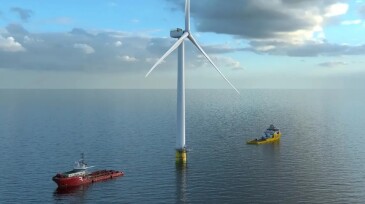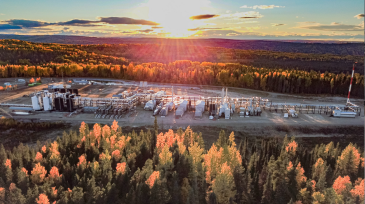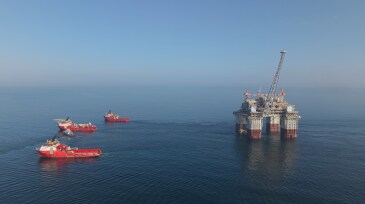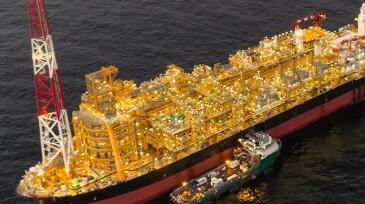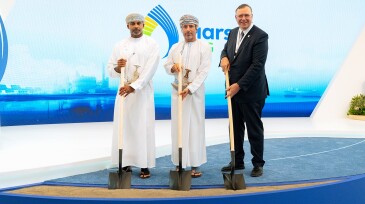Onshore/Offshore Facilities
Vår Energi ASA and partners have officially sanctioned the Previously Produced Fields Project in the Greater Ekofisk Area. The redevelopment is expected to add high-value barrels starting in 2028, extending the production life of one of Norway’s key offshore regions.
Sponsored
As HPHT wells push equipment to the edge of material limits, operators are turning to advanced thermoplastics and sealed electrical assemblies to maintain system integrity. From ESP insulation to BOP control systems, the right component design can prevent failures, lower intervention costs, and extend equipment life in the harshest offshore environments.
The new development is estimated to hold 46 million bbl of recoverable oil and is planned to start up in late 2028.
-
The Göktepe-3 discovery boosts Turkey’s gas reserve estimates by 10%, supporting Ankara’s ambitions to become a regional gas export hub.
-
Equinor said it plans to restart construction on the project, which currently is 30% complete.
-
Aramco’s latest MOUs focus on driving innovation and growth across oil, gas, and downstream sectors.
-
Strathcona doubles down on heavy oil—sells Montney assets for nearly CAD 3 billion, grabs Canada’s top crude-by-rail hub, and sets sights on MEG Energy in bold growth move.
-
Floatover topsides installation is the latest milestone in Woodside's $12.5 billion gas project.
-
The companies completed a technical assessment of the technology for use with floating production, storage, and offloading vessels.
-
Situated at the entrance to the Persian Gulf, Marsa LNG will anchor the Middle East’s first bunkering hub when it drops its first product in 2028.
-
The investment underscores ExxonMobil’s pivot to Nigeria’s offshore after it finalized the divestiture of its onshore assets in the country.
-
The USV Challenger will be remotely controlled from shore and will be equipped with multiple autonomous features.
-
The company has transformed its former Genesis platform into an artificial reef for marine life off the coast of Louisiana.





